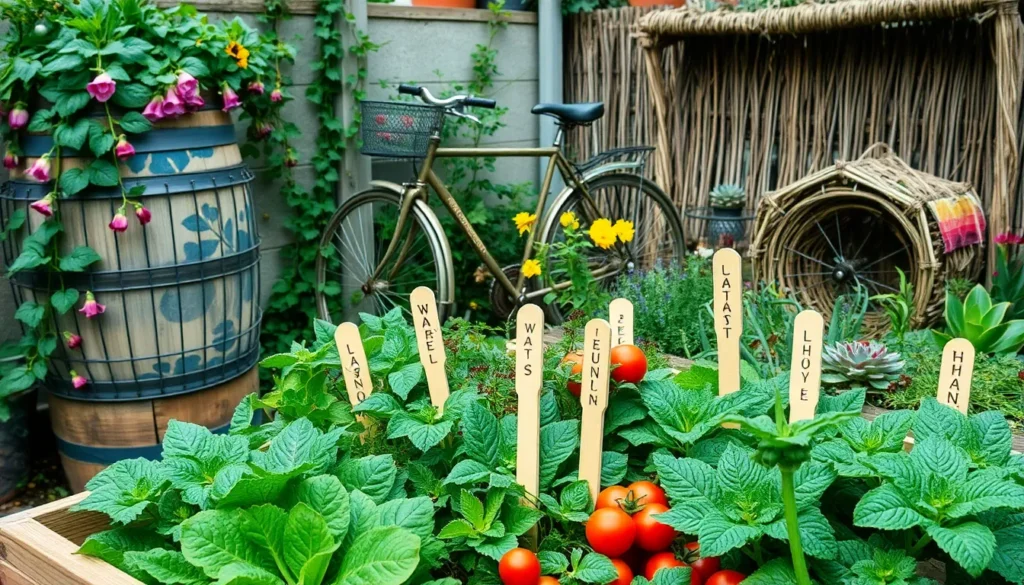In a world that increasingly values sustainability, transforming your garden into an eco-friendly haven is both a rewarding and impactful endeavor. Whether you’re just beginning your gardening journey or you’re a seasoned green thumb, embracing sustainable practices not only nurtures your plants but also contributes positively to our planet. By making thoughtful choices, you can create a thriving ecosystem right in your backyard, reducing waste and conserving resources in ways that are both simple and immensely satisfying.
This article will guide you through the essential steps to make your garden more sustainable, offering practical tips that cater to all levels of gardening expertise. You’ll discover how to enrich your soil naturally, make the most of water resources, and select plants that not only beautify your space but support local biodiversity. With each step, you’ll gain insights into building a garden that thrives in harmony with nature, ensuring that your little patch of green has a big impact on the environment. So, let’s dig in and explore how small changes can lead to a flourishing, sustainable garden that you’ll be proud to cultivate.
Assess Your Garden’s Water Use
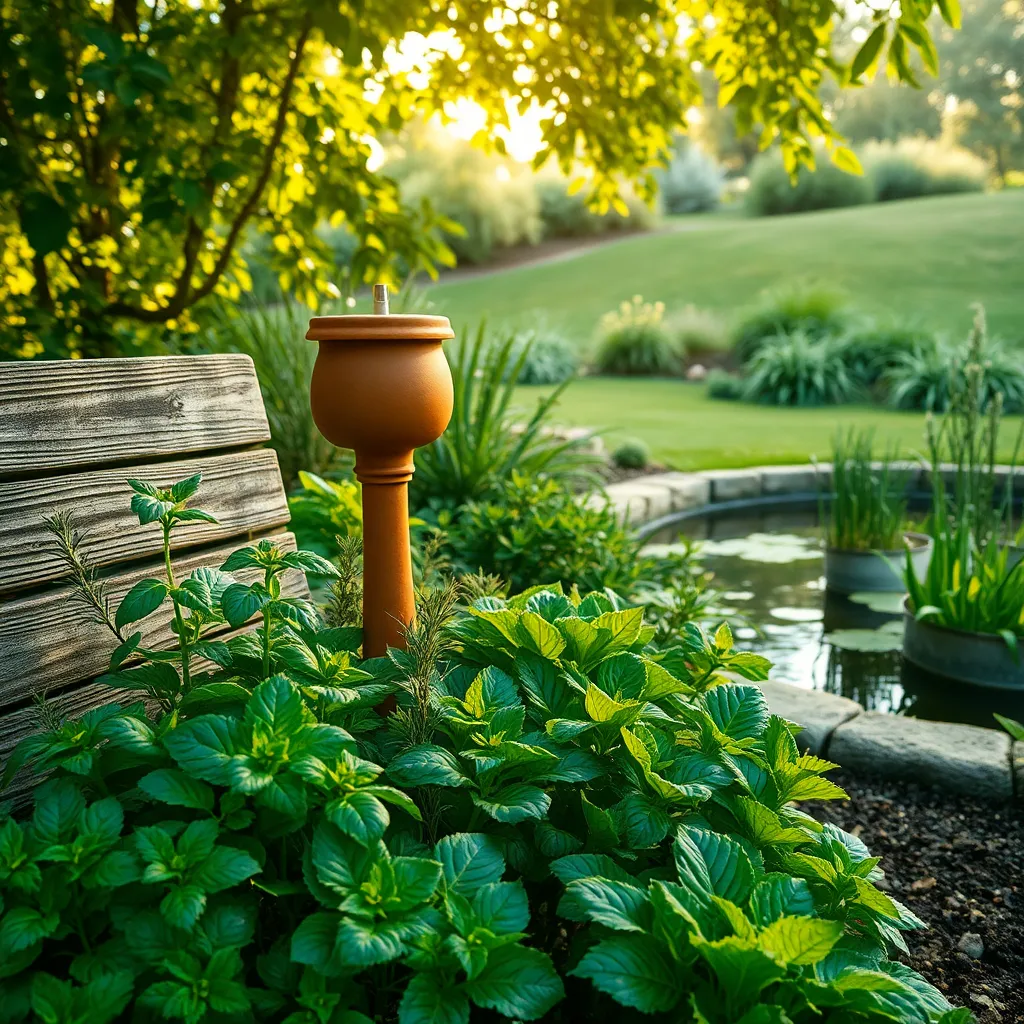
Understanding your garden’s water use is essential for creating a sustainable landscape. Begin by assessing how much water your garden currently consumes and identify areas where you can reduce usage without compromising plant health.
Consider the specific needs of your plants, as different species have varying water requirements. Group plants with similar water needs together to streamline your watering efforts and prevent overuse.
Evaluate the soil in your garden, as it plays a critical role in water retention and drainage. Loamy soil is ideal for most plants because it retains moisture well while allowing excess water to drain, reducing the need for frequent watering.
Incorporate mulching to help your garden retain moisture and reduce evaporation. Use organic mulches like shredded bark or straw, which also improve soil health over time, making your garden more resilient and sustainable.
For more advanced gardeners, consider installing a drip irrigation system. This method delivers water directly to the plant roots, cutting down on waste and ensuring that each plant receives the necessary amount of water.
Select Native Plant Species
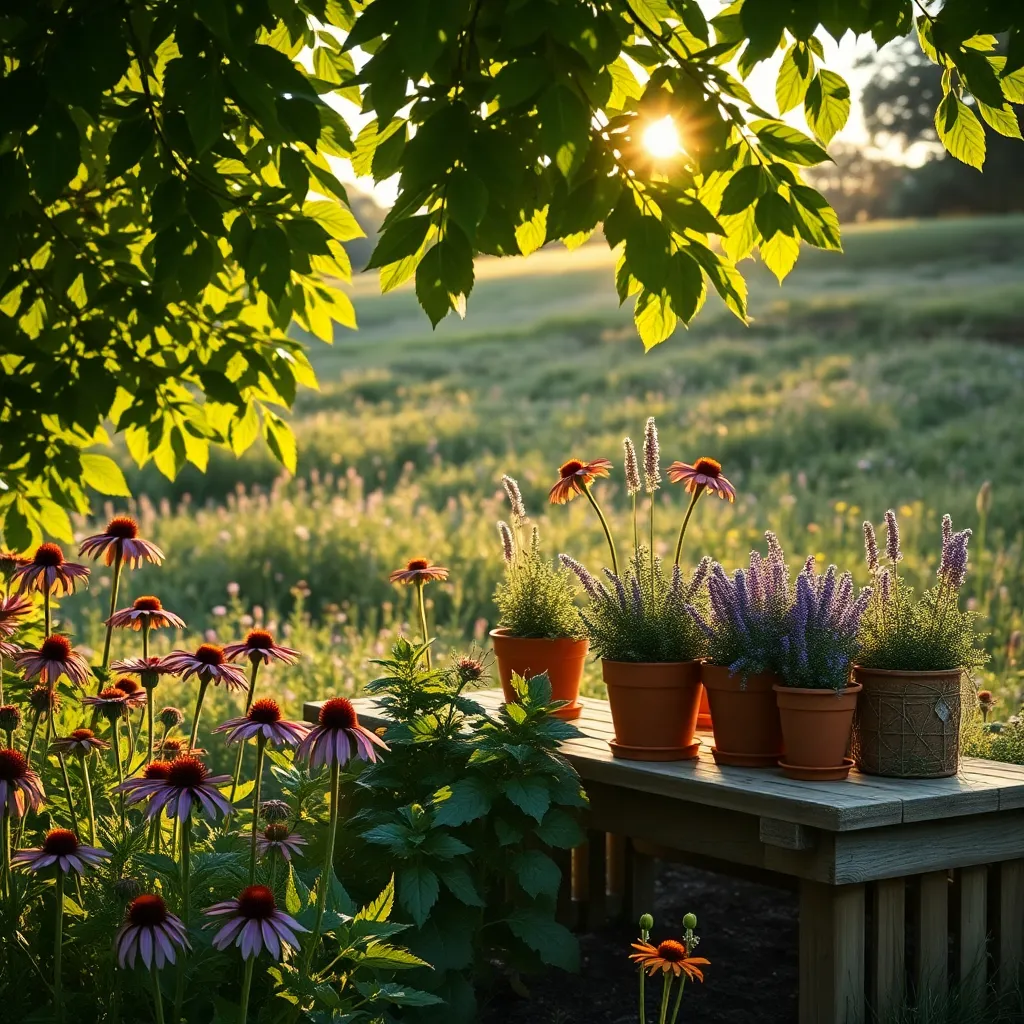
Incorporating native plant species into your garden is a powerful way to enhance sustainability. These plants are naturally adapted to your local climate and soil conditions, reducing the need for extra resources like water and fertilizers.
Native plants often require less maintenance, making them an excellent choice for gardeners of all experience levels. They have evolved to thrive in your region, meaning they can withstand local pests and diseases more effectively than non-native species.
A diverse selection of native plants supports local wildlife, providing habitat and food sources for pollinators and other beneficial insects. This contributes to a healthier ecosystem, as birds and bees will be more likely to visit your garden, aiding in pollination and pest control.
To select the right native plants, start by researching those that are indigenous to your area. Local extension services or native plant societies can be invaluable resources for reliable information and recommendations.
Once you’ve identified suitable plants, consider their specific growing conditions, such as sunlight and soil type. Many native species prefer well-drained soil and can thrive with minimal watering once established, making them perfect for eco-conscious gardeners.
For a more advanced approach, try creating plant groupings that mimic natural ecosystems, known as plant communities. This technique not only enhances the aesthetic appeal of your garden but also maximizes the ecological benefits, ensuring a vibrant and dynamic landscape.
Create a Composting System
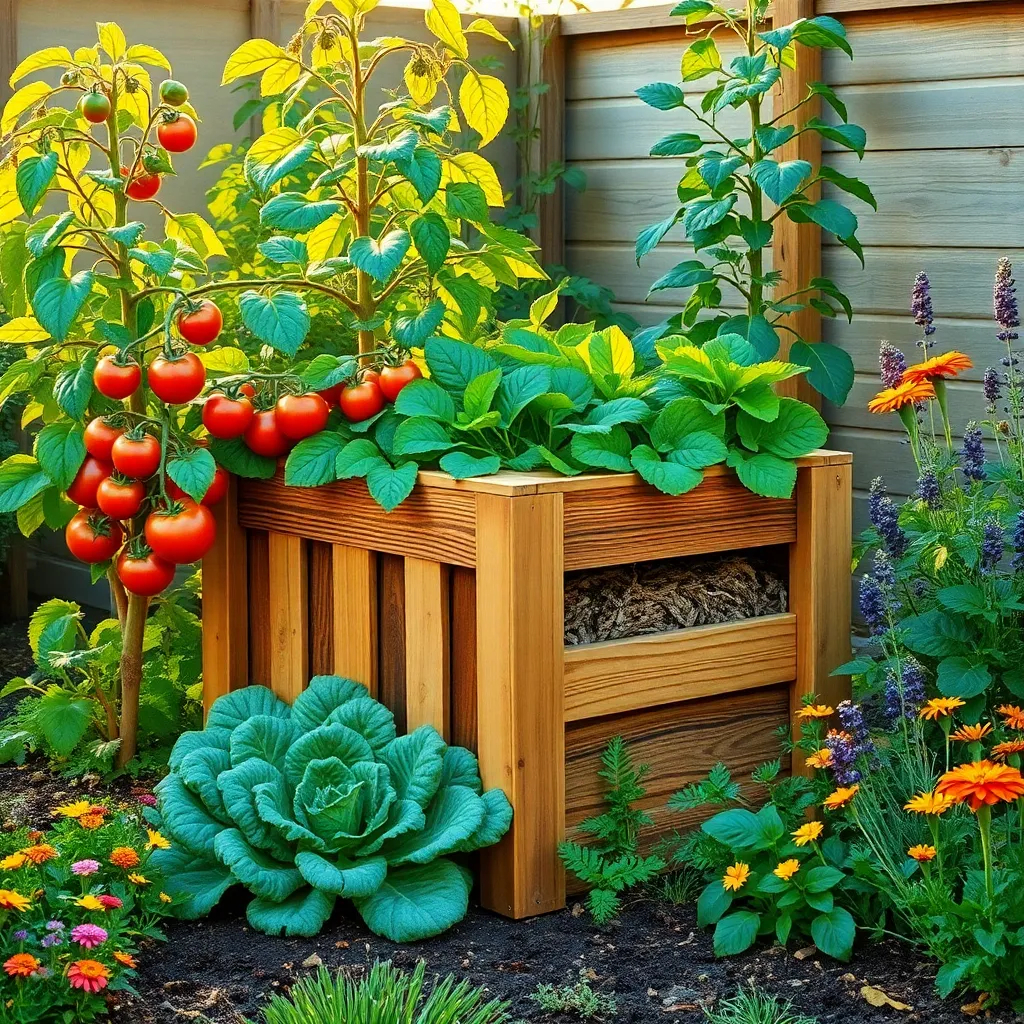
Creating a composting system is a fantastic way to make your garden more sustainable. By recycling kitchen scraps and garden waste, you enrich the soil with nutrients while reducing waste.
Begin by selecting a suitable compost bin or heap location that is easily accessible. Ensure it has good drainage and is positioned in a partially shaded area to maintain moisture levels.
Layer your compost pile with a mix of “greens” and “browns.” Greens include items such as vegetable scraps and coffee grounds, while browns consist of dried leaves and twigs.
Turn your compost regularly to aerate the pile and speed up decomposition. This ensures that the microorganisms have the oxygen they need to break down the materials efficiently.
For beginners, start small with a manageable pile size to learn the process without feeling overwhelmed. Advanced gardeners might consider adding compost accelerators or experimenting with different composting methods, such as vermicomposting, which uses worms to break down the organic matter faster.
Implement Companion Planting Techniques
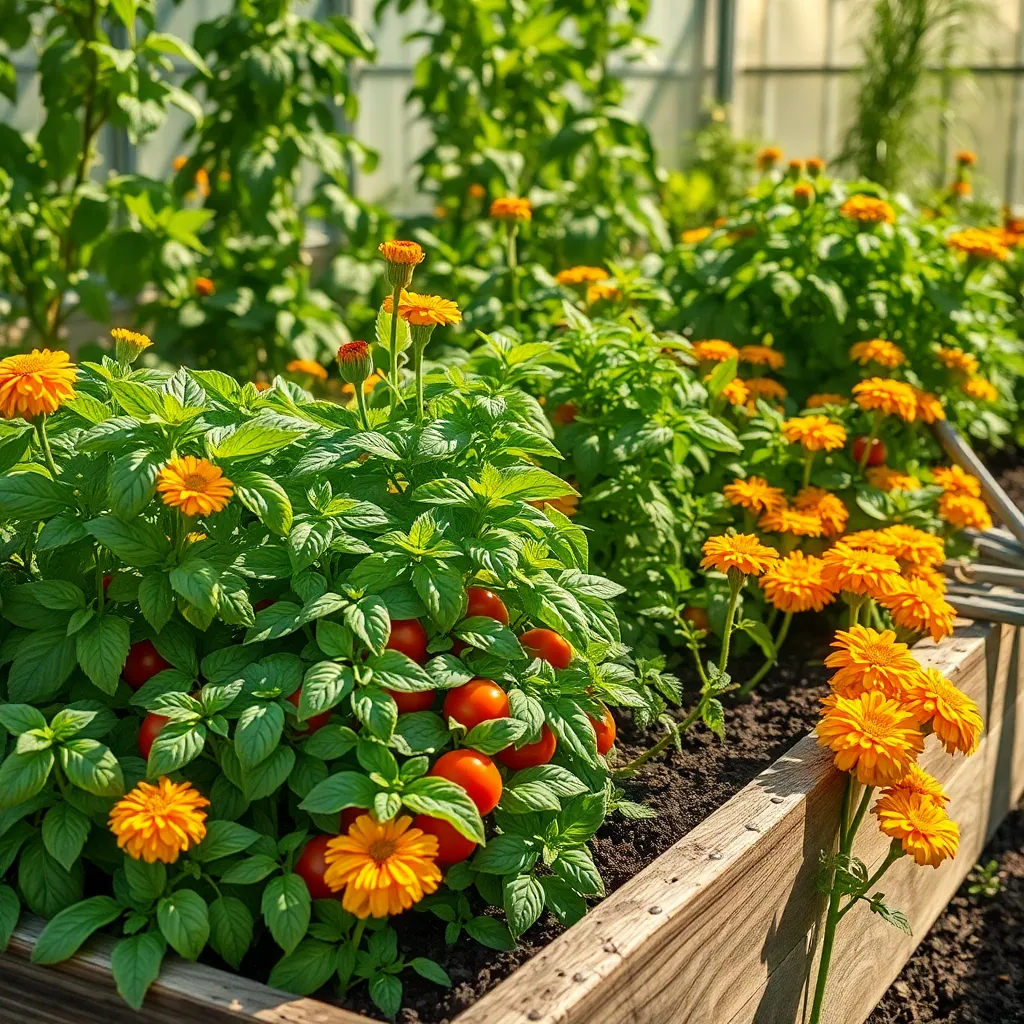
Companion planting is a method where certain plants are grown together to enhance growth, deter pests, or improve flavor. This technique is rooted in the understanding that some plants have complementary relationships that can naturally boost garden health.
For beginners, starting with classic pairings like tomatoes and basil can yield great results. Basil not only improves the flavor of tomatoes but also helps to repel pests such as aphids and whiteflies.
Experienced gardeners might explore more complex combinations, like planting marigolds alongside vegetables to deter nematodes and other soil-borne pests. Marigolds release natural compounds that can suppress harmful organisms, thus enhancing plant growth without chemical interventions.
When planning your garden, it’s vital to consider the specific needs of each plant, including their light and water requirements. Ensure that companion plants share similar environmental preferences to avoid one inhibiting the other’s growth, and always maintain adequate spacing to prevent overcrowding.
Using companion planting can also improve soil health naturally. Legumes, such as peas and beans, fix nitrogen in the soil, benefiting nearby plants with higher nutrient requirements like corn or leafy greens.
If you’re looking to conserve water, consider grouping plants with similar watering needs. Companion planting can reduce water usage by creating a microclimate that retains moisture, leading to a more sustainable garden overall.
Utilize Organic Pest Control Methods
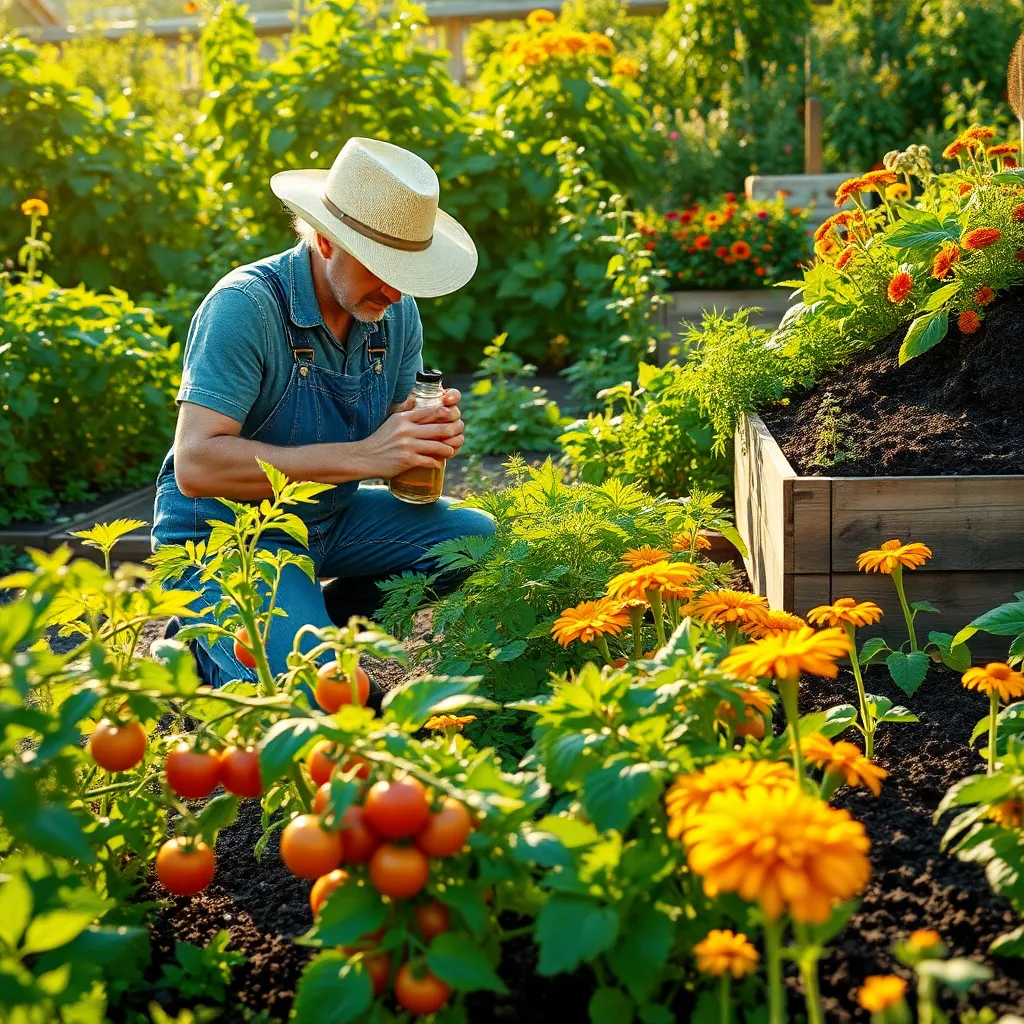
Organic pest control methods are an integral part of creating a sustainable garden. By using natural solutions, you can effectively manage pests without harming the environment or beneficial insects.
One effective technique is introducing beneficial insects such as ladybugs and lacewings, which naturally prey on aphids and other common pests. To attract these helpful creatures, plant a diverse range of flowering plants like marigolds and yarrow, which provide both nectar and a habitat.
Another practical approach is to make use of natural barriers and repellents. Planting aromatic herbs such as basil, mint, or rosemary can deter pests like mosquitoes and flies, while creating a fragrant and attractive garden space.
For gardeners with more experience, consider preparing homemade insecticidal soaps using water, a few drops of dish soap, and a pinch of cayenne pepper. This mixture can be sprayed directly onto plants to control soft-bodied insects without damaging the plants or soil.
Lastly, maintaining healthy soil is crucial for preventing pest infestations. Regularly adding organic matter, such as compost or well-rotted manure, improves soil structure and encourages microbial activity, which supports plant health and resilience against pests.
Conclusion: Growing Success with These Plants
As we cultivate the garden of our relationships, sustainability emerges as a vital concept, nurturing bonds that last and flourish. We explored five key relationship concepts: open communication, mutual respect, shared goals, adaptability, and ongoing support. These elements form the foundation of a sustainable relationship, much like rich soil nurtures a thriving garden. By embracing open communication, we ensure that our thoughts and feelings are heard and valued. Mutual respect fosters a safe space, while shared goals align our paths, creating harmony. Adaptability allows us to weather the seasons of change, and ongoing support strengthens our connection.
To initiate an immediate step toward a more sustainable relationship, take a moment today to express gratitude to your partner or loved one for something specific they do that enriches your life. This simple act can reinforce your bond and set a positive tone for future interactions.
Remember, building a sustainable relationship is an ongoing journey. Bookmark this article for those moments when you need a gentle reminder of the principles that fortify your connections. As you invest in these practices, envision a future filled with deeper understanding and enduring love. Together, let’s nurture relationships that not only survive but thrive for years to come.

